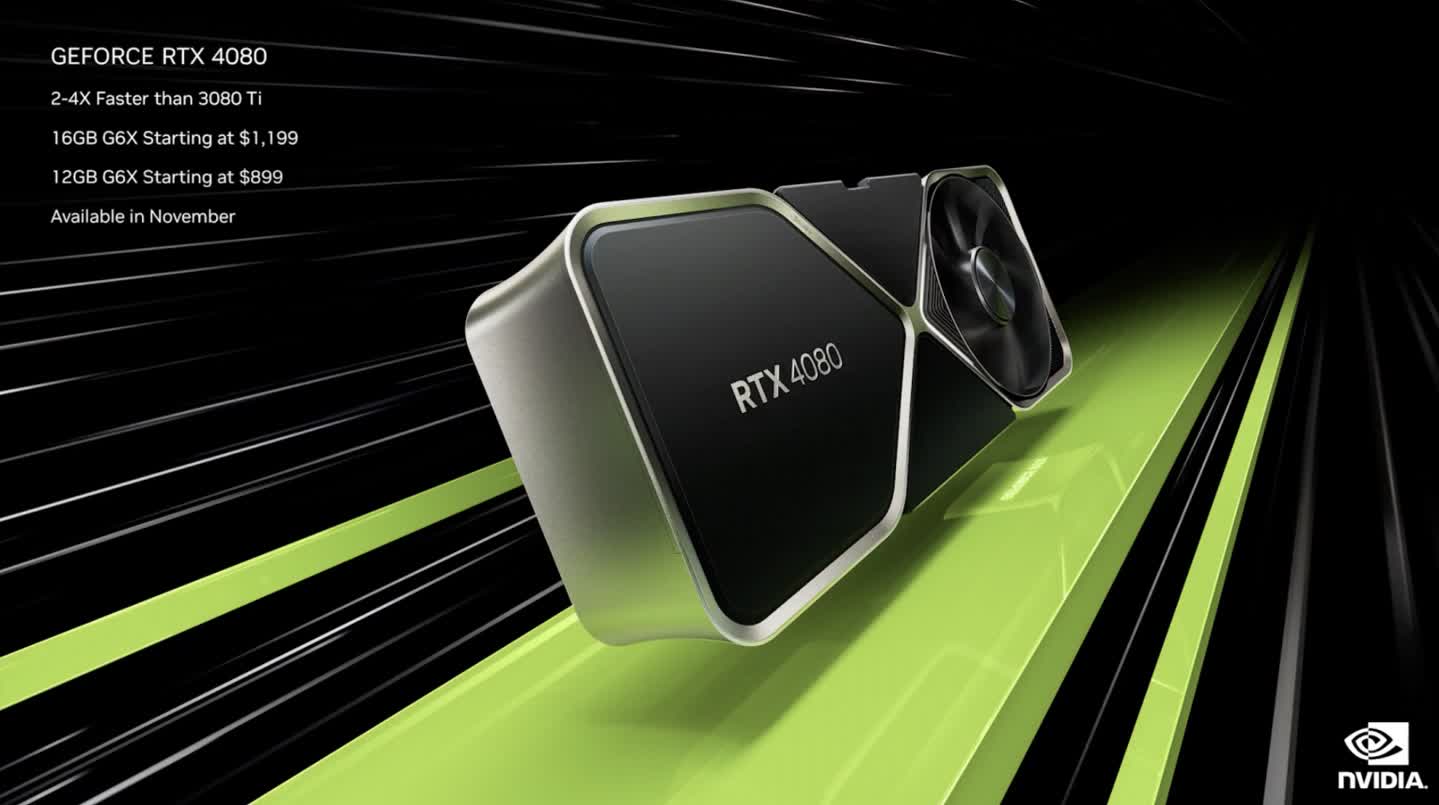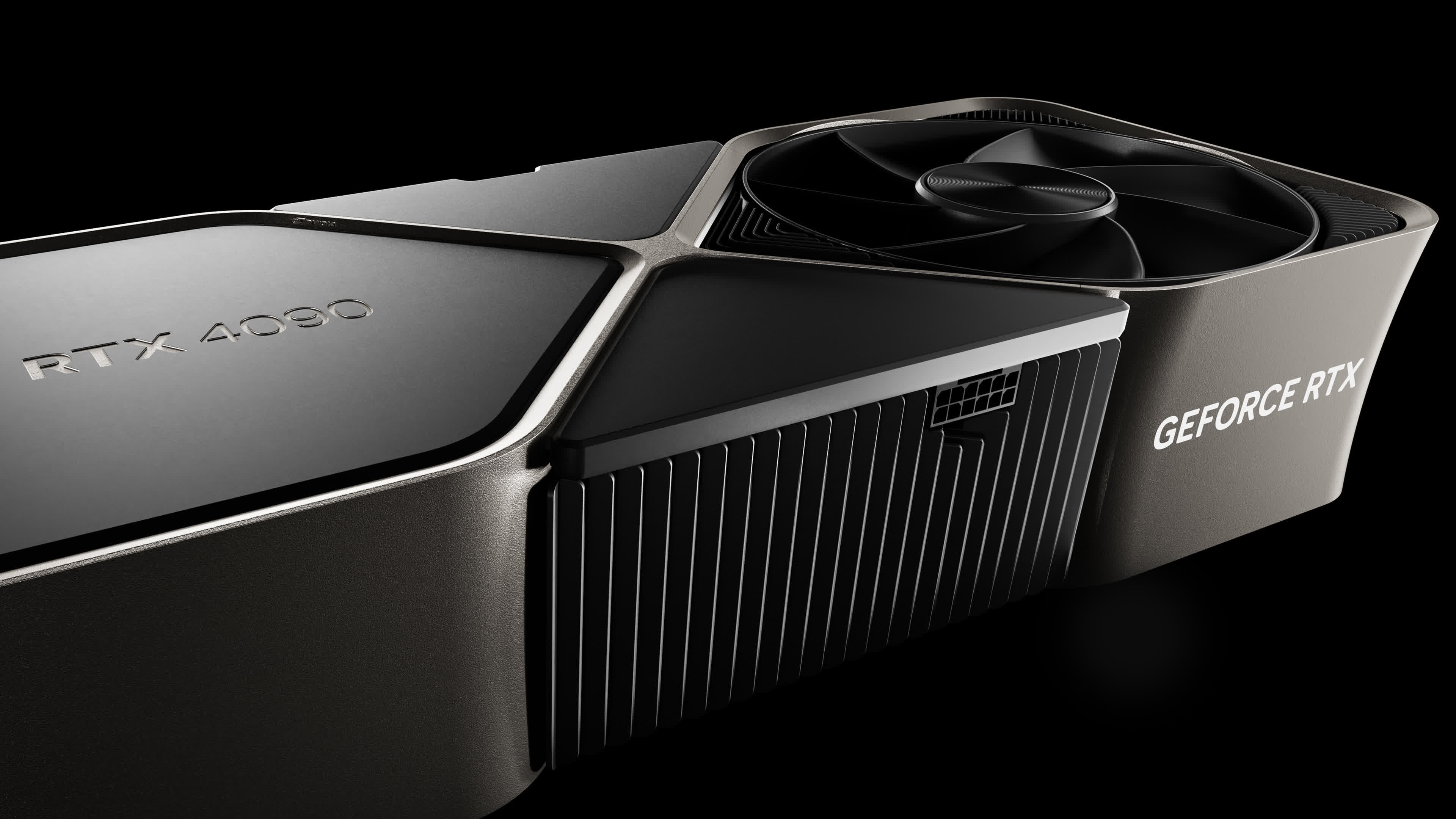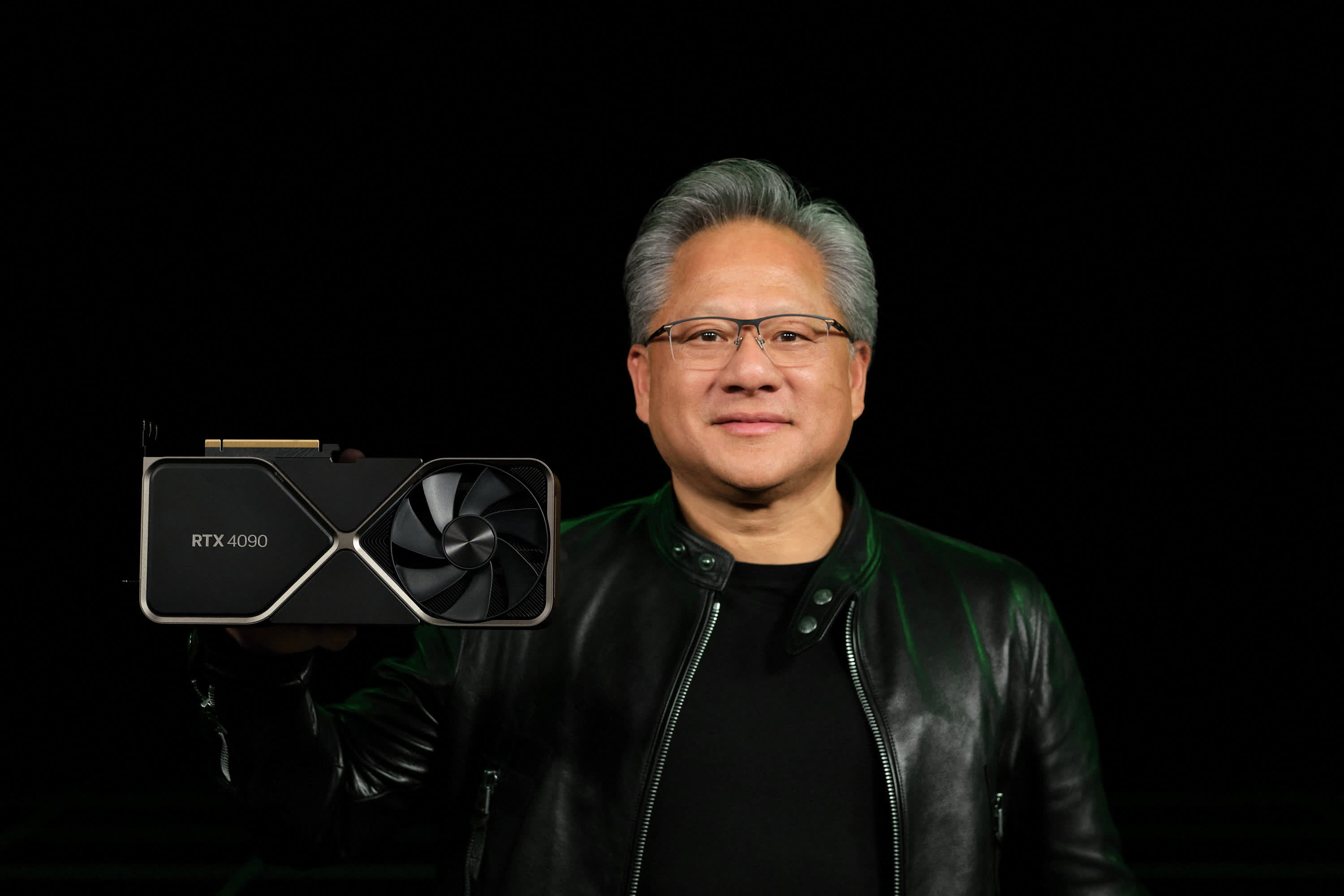Why it matters: Earlier this week, Nvidia pulled back the curtain on the much-anticipated RTX 40-series graphics card lineup. To no one's surprise, the new additions to the RTX family bring consumers significant increases in capability, power draw, and, unfortunately, overall cost. According to Nvidia CEO Jensen Huang, the trend of chips and other components going down in price "is a story of the past."
"Moore's Law is dead," Huang declared during a Q&A session with the media when asked about the rising GPU prices.
According to Huang, a 12-inch wafer is "a lot more expensive today" and insisted that the price increases were justified when compared to the performance levels offered by previous generations. The statements support Nvidia's already uncomfortable pricing narrative, which has thus far been ill-received and instead viewed as a justification for inflated prices.
"The idea that the chip is going to go down in price is a story of the past." --- Jensen Huang

It's not the first time Nvidia's leather-clad leader called Moore's Law dead. In 2017, Huang challenged the validity of the long-standing technical observation during a speech at the GPU Technology Conference in Beijing. During the speech, he also said that the continued increase in GPU technology would someday lead to GPUs completely replacing some CPUs.
Fast forward to 2018, Nvidia and Huang went as far as to posit a new observation, stating that advancements in GPU technology far exceeded traditional CPU advancements. The outlook, aptly named Huang's Law, says that where Moore's law is no longer applicable to CPUs, GPU performance will more than double every two years.

Nvidia's views on Moore's Law and technological observation don't stop there. In 2019, Huang continued to pound nails into Moore's coffin at that year's Consumer Electronics Show in Las Vegas. The Nvidia CEO elaborated on the slowing rate of technological advancement, stating that "Moore's Law isn't possible anymore."
Industry experts, including the man himself, Gordan Moore, have hypothesized that the law cannot persist forever. In 2005 Moore stated that the industry could not sustain the projection indefinitely and that transistors would eventually reach the limits of miniaturization.
He later clarified his forecast, predicting the law could remain a viable observation through 2025. With the current string of architectural advancements, such as Intel's big.LITTLE design approach and AMD's 3D V-Cache, there's always the possibility of CPU manufacturers breathing new life into Moore's 58-year-old law.
